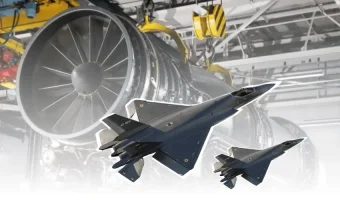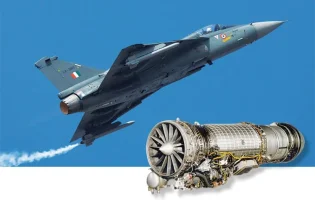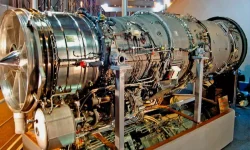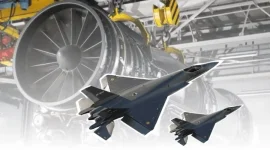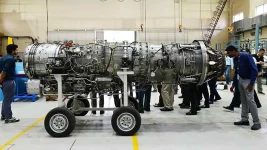- Views: 2K
- Replies: 14
India's Gas Turbine Research Establishment (GTRE) is strategically exploring international collaborations to develop a sixth-generation fighter engine, signalling a major step towards securing the nation's future air combat capabilities.
Officials suggest that beyond the current French partnership for the fifth-generation fighter, India may either negotiate a new, dedicated agreement with a global aerospace leader or join a multinational consortium like the UK-led Global Combat Air Programme (GCAP) to fast-track development.
This forward-looking strategy aims to give India rapid access to cutting-edge technologies, such as adaptive cycle engines and artificial intelligence-driven controls, which are considered essential for the next era of aerial warfare.
By seeking partners, India aims to avoid the lengthy and expensive process of developing these complex systems from scratch, ensuring the Indian Air Force (IAF) can maintain a technological edge against rapidly modernising adversaries.
Current Focus: Powering the AMCA Mk2
India's immediate priority remains the engine for its fifth-generation stealth fighter, the Advanced Medium Combat Aircraft (AMCA) Mk2. For this, GTRE is working with France's Safran Aircraft Engines in a landmark joint venture.This collaboration, solidified during French President Emmanuel Macron's visit to India in January 2024, is focused on co-developing a powerful 110 kilonewton (kN) thrust engine.
This engine will enable the AMCA to achieve "supercruise" (supersonic flight without using fuel-guzzling afterburners) and will incorporate advanced stealth features.
The agreement includes full technology transfer, with the goal of producing over 400 of these engines in India by the mid-2030s. These power plants are also expected to be used in the Navy's Twin Engine Deck Based Fighter (TEDBF).
The Leap to Sixth-Generation Technology
While the Safran partnership is crucial for the fifth-generation AMCA, the technologies required for a true sixth-generation fighter are significantly more advanced.Future combat aircraft, expected to be operational beyond 2040, will need engines capable of hypersonic speeds and powering directed-energy weapons.
A key feature of these future engines is Variable Cycle (VC) or Adaptive Cycle Technology.
In simple terms, this allows an engine to act like a fuel-efficient commercial jet engine during normal flight but transform into a high-performance fighter engine for combat, offering an optimal balance of thrust and range.
The current engine being developed with Safran does not include this complex technology, creating a technological gap that India needs to fill for its future programs.
Two Potential Paths Forward
To acquire this next-level technology, GTRE is considering two distinct options:- A New Bespoke Deal: This would involve negotiating a fresh agreement with a different global giant, such as Rolls-Royce from the UK or General Electric from the United States. This path would allow India to create a tailor-made engine perfectly suited to its specific operational and design requirements.
- Joining a Multinational Program: The alternative is to join an existing sixth-generation initiative. The most prominent option is the Global Combat Air Programme (GCAP), a joint effort by the UK, Italy, and Japan to build a next-generation fighter, often referred to as the Tempest. Joining this consortium would allow India to share development costs, risks, and technological breakthroughs with its partners.
Balancing Indigenous Efforts with Global Help
While seeking foreign collaboration, India continues to advance its own engine development capabilities. GTRE has successfully designed an indigenous engine core and is building a new test facility capable of handling engines up to 130 kN of thrust.However, top defence officials acknowledge that a foreign partner is essential for a major leap. DRDO Chief Dr. Samir V. Kamat has stated that collaboration is necessary to master the complex material science and advanced simulation tools required for sixth-generation power plants.
This reflects a pragmatic national strategy that blends the goal of self-reliance with the practical need for global expertise to meet ambitious timelines.
This dual approach—developing indigenous capacity while leveraging international alliances—is seen as critical to overcoming past dependencies on foreign engines, which affected programs like the Tejas Light Combat Aircraft, and positioning India as a future exporter of advanced defence technology.

